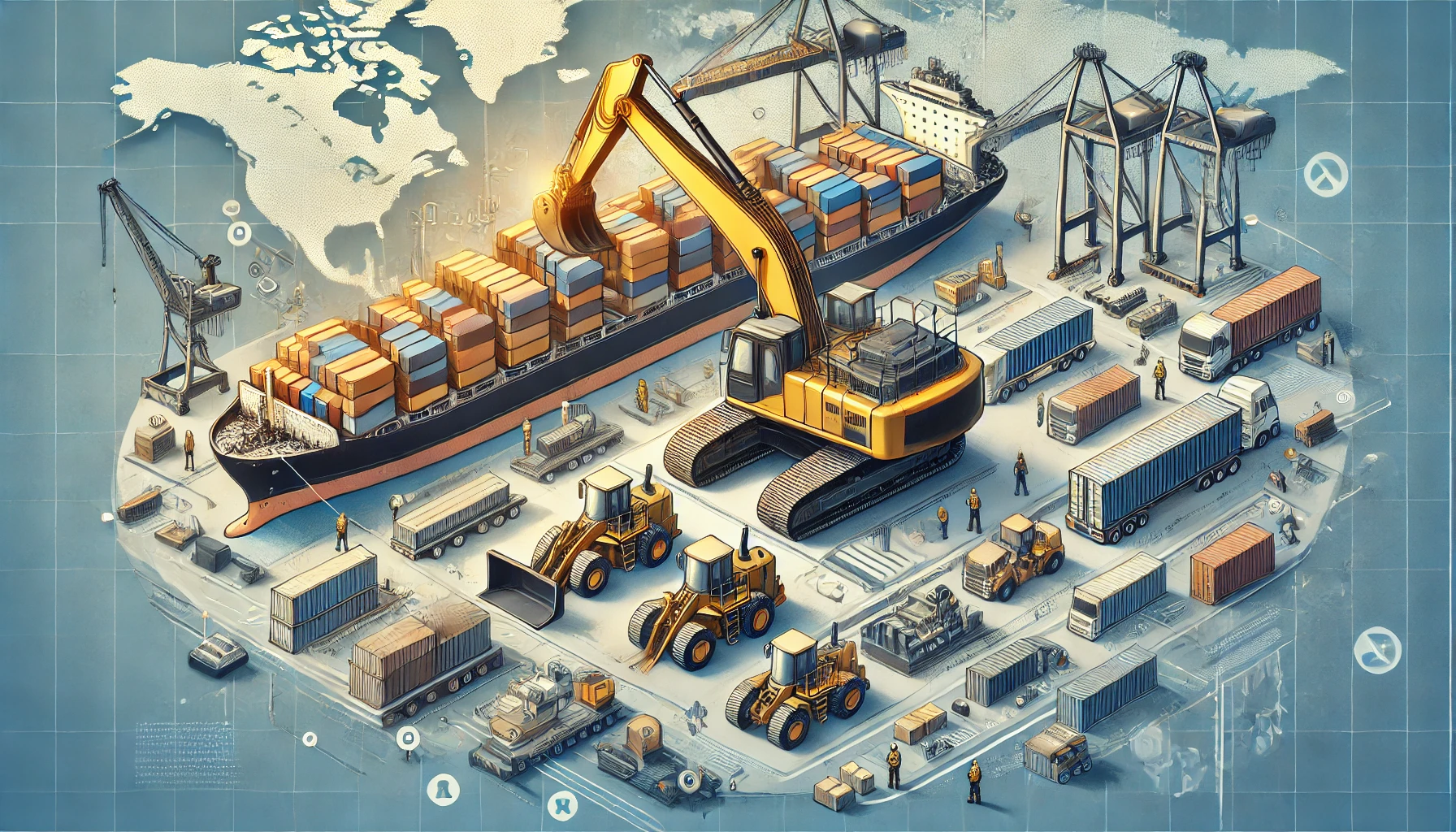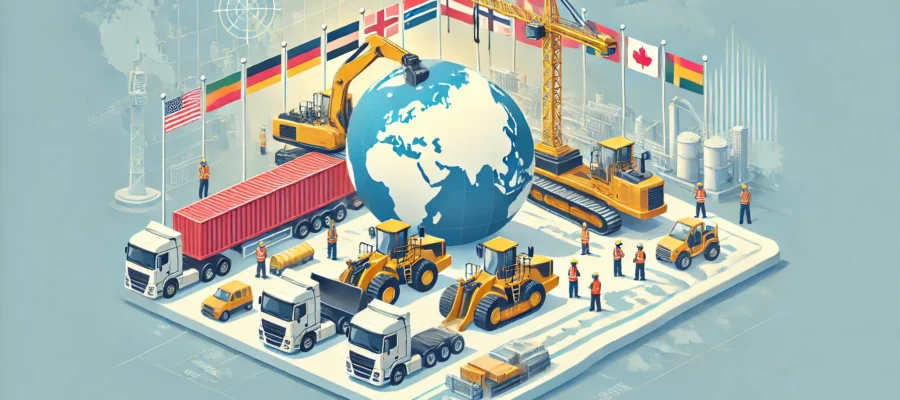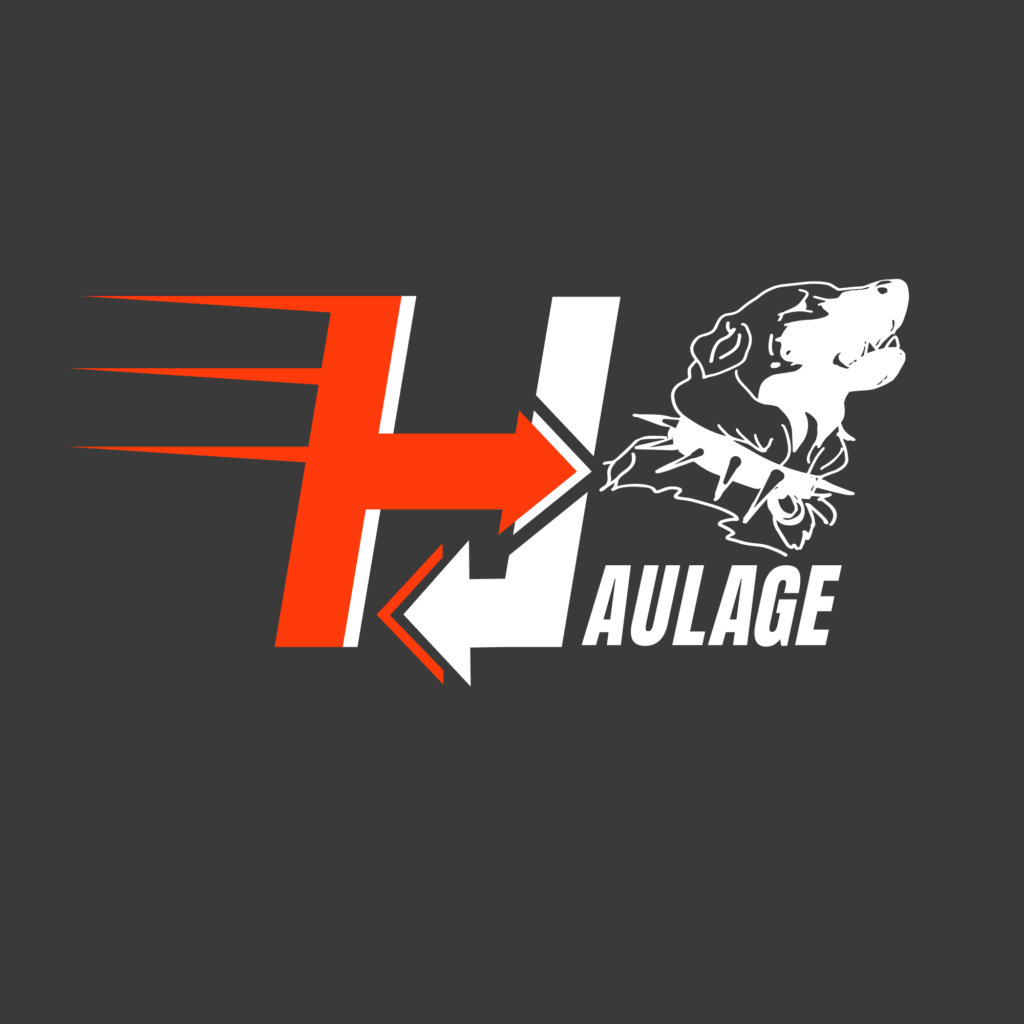
Challenges of Export Transportation for Second-Hand Heavy Machinery
Korkmaz Gocer
The global demand for second-hand heavy machinery is growing, especially in emerging markets. Whether it’s construction equipment, agricultural machinery, or industrial tools, the need for affordable, used machinery continues to rise. However, exporting these large, bulky machines is not without its challenges. This blog post will explore some of the key obstacles exporters face when transporting second-hand heavy machinery internationally, and offer solutions to help you navigate the process more effectively.
1. Size and Weight Constraints
One of the most obvious challenges in transporting heavy machinery is its sheer size and weight. Excavators, bulldozers, cranes, and other industrial equipment often weigh several tons, and their dimensions far exceed the limits of standard shipping containers.
Challenges:
- Logistics: Moving these massive machines from one location to another is a logistical nightmare, particularly if the destination has inadequate infrastructure, like narrow roads or weight-restricted bridges.
- Transport Options: Shipping options are limited. While smaller items can fit into shipping containers, larger machines often require flat-rack containers or roll-on/roll-off (RoRo) shipping, both of which come at a premium.
Solutions:
- Modular Dismantling: In some cases, dismantling the machinery into smaller parts makes transportation easier and cheaper. However, this requires skilled labor and time.
- Freight Partnerships: Work with specialized freight companies experienced in handling heavy machinery. They can help ensure your equipment is safely loaded and transported, and that all necessary permits and paperwork are in place.
2. Shipping Costs
Heavy machinery requires specialized transport, which means higher costs. The heavier and larger the equipment, the more expensive it is to ship. Shipping by sea is the most common method, but even within that, costs can skyrocket if special handling, loading, and unloading equipment is required.
Challenges:
- Cost Increases: Freight rates fluctuate based on market conditions, port congestion, fuel costs, and geopolitical situations. This makes it difficult to predict final costs accurately.
- Extra Charges: Special permits, customs fees, and port handling charges for heavy machinery can significantly increase overall transportation costs.
Solutions:
- Consolidated Shipping: If possible, combine multiple shipments into one to share costs. Work with freight forwarders who can help you consolidate smaller items or partner with other exporters shipping to the same destination.
- Pre-Negotiate Costs: Where possible, lock in long-term freight contracts to minimize sudden cost increases. Budget for extra charges by doing thorough research on port and customs fees.
3. Customs and Regulatory Issues
Customs regulations can vary greatly from country to country, and shipping second-hand heavy machinery presents unique challenges when it comes to documentation and compliance with local laws.
Challenges:
- Import Restrictions: Many countries have strict rules about importing used machinery, particularly if it’s older and doesn’t meet modern emissions or safety standards.
- Regulatory Requirements: Heavy machinery often requires extra paperwork, including proof of origin, certificates of conformity, and emission testing results. Failing to comply with these requirements can lead to delays, fines, or even the rejection of the shipment.
Solutions:
- Understand Destination Requirements: Before shipping, thoroughly research the regulatory landscape of the destination country. Ensure the machinery meets local standards for emissions and safety, and prepare all necessary documentation in advance.
- Customs Broker: Hiring a customs broker familiar with heavy machinery exports can significantly reduce the risk of delays and ensure that all necessary documents are filed correctly and on time.
4. Insurance and Risk Management
Heavy machinery is expensive, and transporting it overseas involves multiple risks, including damage, theft, and loss. Given the high value of the equipment, adequate insurance is essential.
Challenges:
- High Insurance Costs: Insuring large and valuable machinery for international shipping can be costly, especially for ocean transport where the risk of damage is higher.
- Transport Damage: Machines may be subject to rough handling during loading and unloading, particularly in countries with less developed port infrastructure. Saltwater exposure during sea transport can also cause corrosion and damage to sensitive parts.
Solutions:
- Comprehensive Insurance: Ensure that you purchase marine and freight insurance that covers all potential risks, including damage, theft, and loss.
- Proper Packaging: To protect machinery during transport, ensure that it’s properly packed and secured, especially for sea voyages. Invest in high-quality covers and protective materials that safeguard against environmental damage, especially for exposed parts.
5. Port and Road Infrastructure Limitations
The infrastructure at the destination can significantly impact the ability to transport heavy machinery effectively.
Challenges:
- Port Handling: Ports in developing countries may lack the specialized equipment needed to unload and transport heavy machinery. This can lead to delays and additional costs.
- Inland Transport: Once machinery arrives at its destination, it often needs to be moved inland. If the roads aren’t wide enough or the bridges can’t handle the weight, this can be a huge logistical challenge.
Solutions:
- Assess Infrastructure in Advance: Before shipping, work with local partners or logistics experts to assess the port’s capabilities and the road infrastructure. Determine whether special permits are needed for moving heavy machinery inland.
- Alternative Transport Routes: In some cases, it might be more feasible to transport the machinery by rail or river if road infrastructure is lacking. Explore alternative routes and modes of transport based on the destination’s limitations.
6. Environmental and Legal Concerns
Exporting second-hand machinery also comes with environmental and legal responsibilities. Depending on the country, there may be regulations regarding emissions and disposal of waste from used machinery.
Challenges:
- Environmental Compliance: Many countries now have strict emissions standards, and older machinery may not comply. Exporting machinery that does not meet these standards can result in legal complications or rejection of the shipment.
- Sustainability Issues: Exporting second-hand machinery raises environmental concerns, especially regarding the disposal of machinery at the end of its life cycle. Some countries are becoming more cautious about accepting older, more polluting machinery.
Solutions:
- Certifications and Upgrades: Before export, check if the machinery meets the destination country’s environmental regulations. If necessary, consider upgrading parts to ensure compliance with local emissions standards.
- End-of-Life Planning: Work with buyers to establish clear plans for the machinery’s disposal or recycling when it reaches the end of its service life.
Conclusion
Exporting second-hand heavy machinery is a lucrative business, but it’s also fraught with challenges. By understanding the logistical, regulatory, and environmental obstacles and preparing ahead, you can streamline the export process and ensure successful delivery. Partnering with experienced freight forwarders, customs brokers, and logistics experts can help you navigate these challenges and capitalize on the growing demand for affordable, used heavy machinery in international markets.




Post a Comment